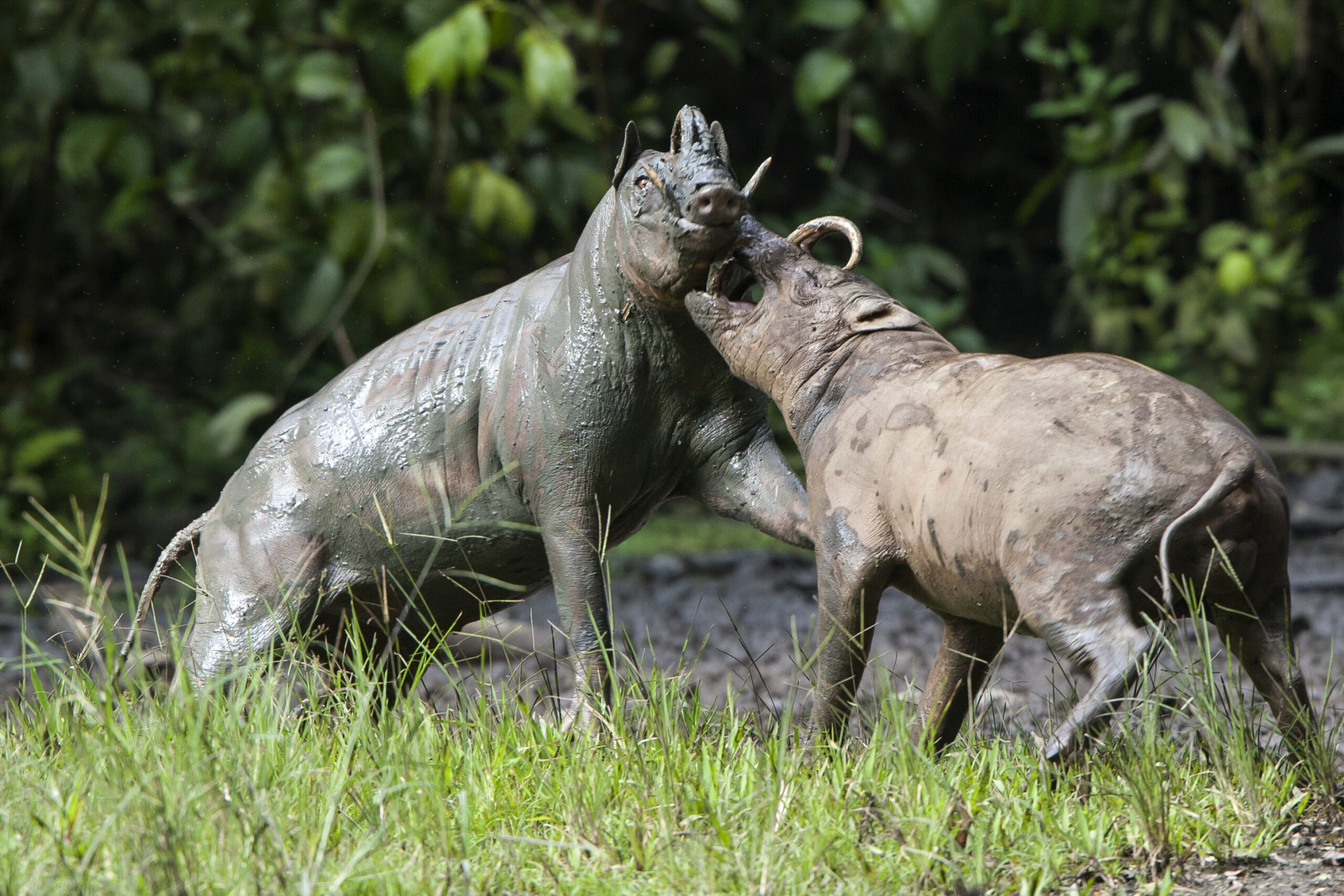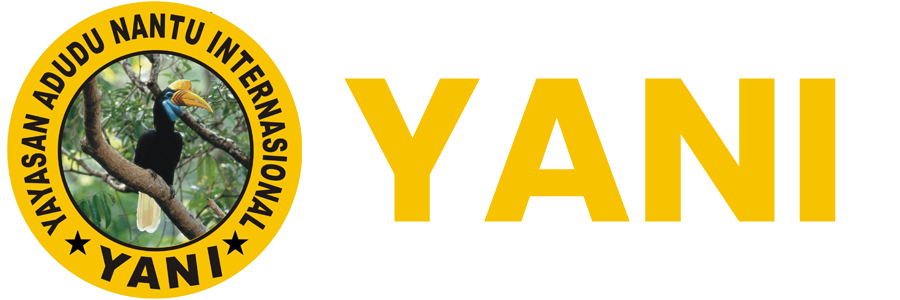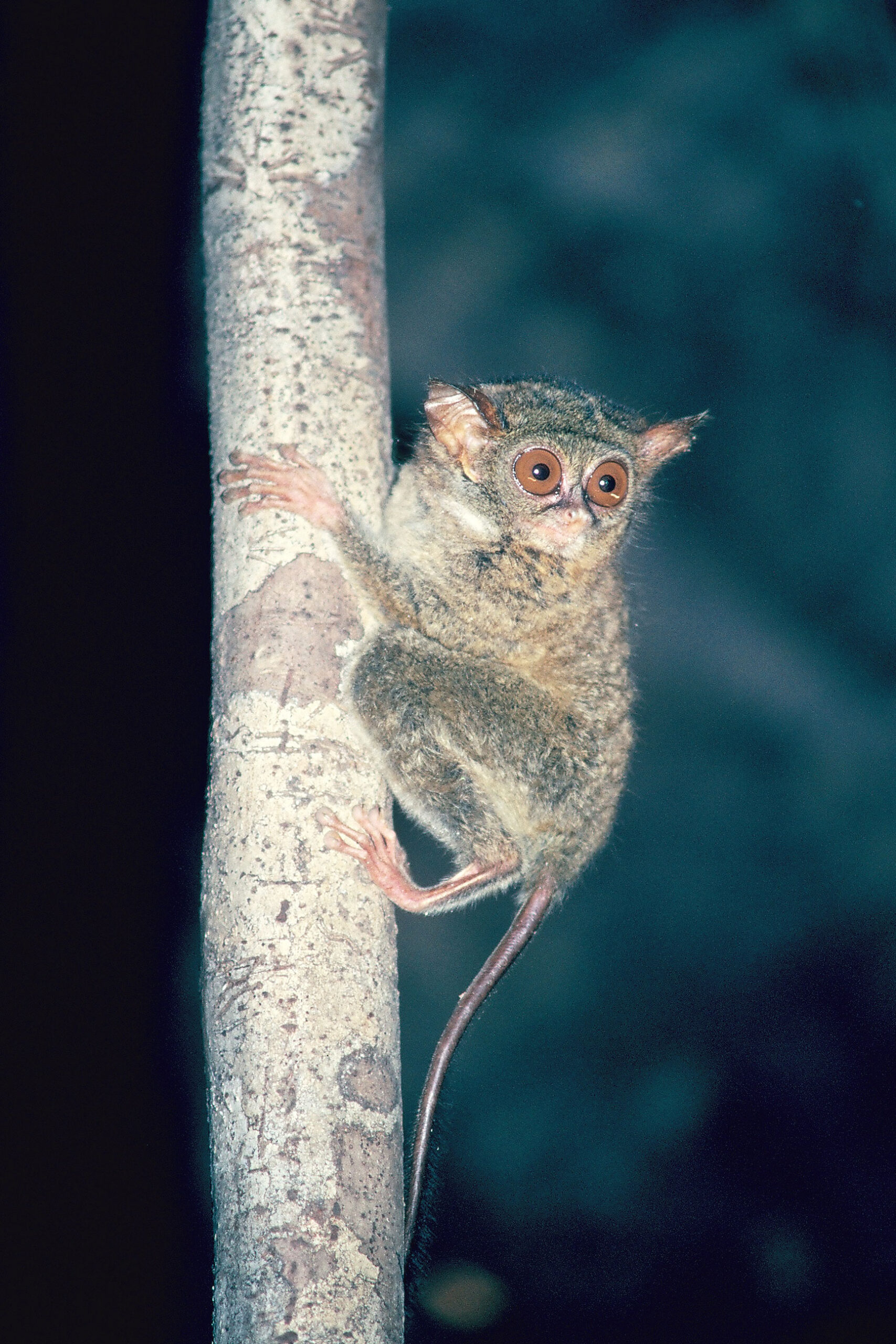A Global Icon
The Nantu Forest, where our work is focused, is located in Gorontalo Province, on Sulawesi’s northern arm. It comprises a legally protected area of 580 km² and is under the juristriction of the Indonesian Ministry of Environment and Forestry.
Nantu is one of Sulawesi’s few remaining intact pristine rainforests and a last key representative rainforest ecosystem in the Wallacea bio-region.
A Global Icon
The Nantu Forest, where our work is focused, is located in Gorontalo Province, on Sulawesi’s northern arm. It comprises a legally protected area of 580 km² and is under the juristriction of the Indonesian Ministry of Environment and Forestry.
Nantu is one of Sulawesi’s few remaining intact pristine rainforests and a last key representative rainforest ecosystem in the Wallacea bio-region.
photo: Michel Gunther

photo: Michel Gunther
A unique biodiversity sanctuary
The Nantu Forest is a vital sanctuary for internationally significant populations of Sulawesi’s remarkable biodiversity, which includes an array of both well-known and newly discovered species. Among its most notable inhabitants are the Lowland and Mountain Anoas, two critically endangered dwarf buffalo species that are endemic to Sulawesi. The forest also shelters the Babirusa, a unique wild pig famous for its upward-growing tusks, and Heck’s Macaque, a highly social primate species. Another fascinating resident is Jatna’s Tarsier, a recently identified species of small, nocturnal primate known for its enormous eyes, specialized for night vision.
The birdlife in Nantu is equally impressive, with over 100 species, of which more than 35 are endemic to Sulawesi. These include the striking Red-knobbed Hornbill and the elusive Sulawesi Dwarf Hornbill, both playing essential roles in seed dispersal, thus contributing to forest regeneration. The forest is also home to the Fanged Frog, a species recently described by scientists, which highlights how much remains to be discovered in the region.
Beyond these, Nantu harbors millions of species yet to be fully studied, ranging from insects and amphibians to plant life, many of which are thought to be new to science. This rich and largely unexplored biodiversity makes the Nantu Forest a hotspot for both conservation and scientific discovery. It serves as a critical refuge for species found nowhere else on Earth and underscores the urgent need for continued efforts to protect and preserve this unique ecosystem from deforestation and human encroachment.
A Special Place
Particularly special about Nantu is the Adudu salt-lick, one of the few places on earth where Sulawesi’s endangered and charismatic large mammals, especially the Babirusa, congregate and can be observed with relative ease. This salt-lick provides a window into Babirusa behaviour, including the chance to observe the extraordinary jousting behaviour of adult males, which stand up on their hind legs to “box”.

Anoa and Babirusa side by side at the Nantu salt-lick, one of the few places on Earth where these rare and elusive species can be seen together as they search for vital minerals. Photo: Kompas TV.

Legally Protected
The Nantu Forest comprises the Nantu Wildlife Sanctuary (515 km2) and the adjacent B.J. Habibie Conservation Forest (62 km2). The Nantu Wildlife Sanctuary is a strict wildlife preserve under the juristriction of the Indonesian Ministry of Environment and Forestry (Directorate General for Natural Resources Conservation). It was gazetted in 1999 with an area of 312 km2 and expanded in 2010 to 515 km2 by incorporation of the Boliyohuto Protection Forest into this sanctuary. The adjacent 62 km2 Conservation Forest is under joint jurisdiction of the Ministry of Environment and Forestry and the Gorontalonese local government, and is named after Indonesia’s former president, Dr. B.J. Habibie.
Legally Protected
The Nantu Forest comprises the Nantu Wildlife Sanctuary (515 km2) and the adjacent B.J. Habibie Conservation Forest (62 km2). The Nantu Wildlife Sanctuary is a strict wildlife preserve under the juristriction of the Indonesian Ministry of Environment and Forestry (Directorate General for Natural Resources Conservation). It was gazetted in 1999 with an area of 312 km2 and expanded in 2010 to 515 km2 by incorporation of the Boliyohuto Protection Forest into this sanctuary. The adjacent 62 km2 Conservation Forest is under joint jurisdiction of the Ministry of Environment and Forestry and the Gorontalonese local government, and is named after Indonesia’s former president, Dr. B.J. Habibie.

Water for Life
Nantu is also of the greatest importance for local people as it protects the catchment area of northern Sulawesi’s largest river, the Paguyaman. This provides a vital water source for more than 16,000 citizens living around the Nantu Forest, including for irrigation of the lower Paguyaman area’s extensive rice fields.

Water for Life

Nantu is also of the greatest importance for local people as it protects the catchment area of northern Sulawesi’s largest river, the Paguyaman. This provides a vital water source for more than 16,000 citizens living around the Nantu Forest, including for irrigation of the lower Paguyaman area’s extensive rice fields.







